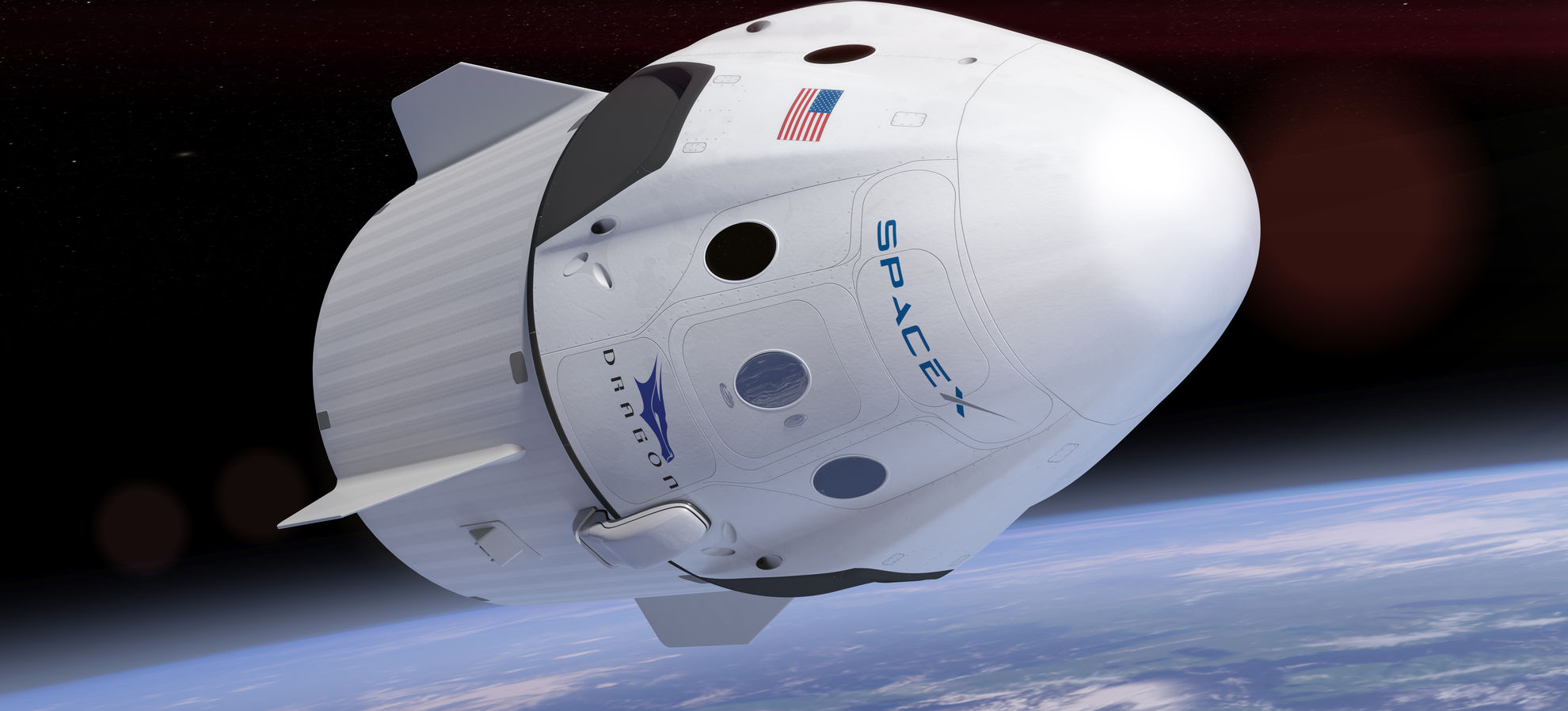The Final Frontier
Gallery

On Feb. 27, SpaceX announced plans to fly two private investors around the moon in its Dragon spacecraft in 2018. This will be the first lunar expedition since the early 70s, all of which were run by NASA. SpaceX is different since it’s a privately-owned organization solely focused on the growth of space travel and its technology. NASA has hired the company to take supplies and astronauts to the International Space Station that’s orbiting Earth.
NASA has been working on sending people to space since the 1960s, as a part of the Cold War space race and also for scientific development. The first crewed space program was Project Mercury which had the goal of sending a human into orbit. Since then NASA has had eight more manned space programs, ending with the International Space Station, which has been in progress since 1998. NASA has teamed up with the Russian space administration for a few of the manned missions, but now they’ve opened up to bringing private companies in on the progression of space exploration and its technological development. This alleviates the pressure of having enough funding for projects. Where the public sector is funded by tax dollars, which limits how much they can spend. The private sector doesn’t rely on tax dollars, which allows private companies to go where the public sector possibly couldn’t afford to go before.
SpaceX has not only promised a great feat, but also made a ground-breaking achievement, which was launching and landing its Falcon 9 on Dec. 21, 2015. Co-founder of SpaceX, Elon Musk has noted the importance of reusing rockets. Rockets most of the time are destroyed after they’re used, but the Falcon 9 booster can land after use. After the booster lands, it’s tested multiple times and put back into use. Musk has stated that reusability is vital to cutting back expenses in space travel.
SpaceX isn’t the only private company interested in reusing its boosters, though. Blue Origin, another private space exploration company, has also created a booster that can launch and return safely to a landing pad. This organization was started by Amazon founder and CEO, Jeffrey Bezos.
Blue Origin has similar goals to SpaceX, which is to usher in a new golden age of space travel. Most recently, Blue Origin tested its New Shepard rocket’s in-flight escape system. The rocket launched successfully. Forty-five seconds after launch at just over 16,000 feet, the escape motor engaged and the capsule released from the booster. The capsule’s escape motor pushed it away from the booster a safe distance, and deployed parachutes to safely land it. The booster continued its course upward, until about 300,000 feet, from where it executed a vertical landing autonomously.
With these companies spearheading space travel, there’s no doubt we’ll reach farther than we have before. Space may be the last frontier for man to explore, but before now space was mainly a publicly funded endeavor for the United States. Now that private space programs have joined with NASA, there is no telling how far technology will take us.
